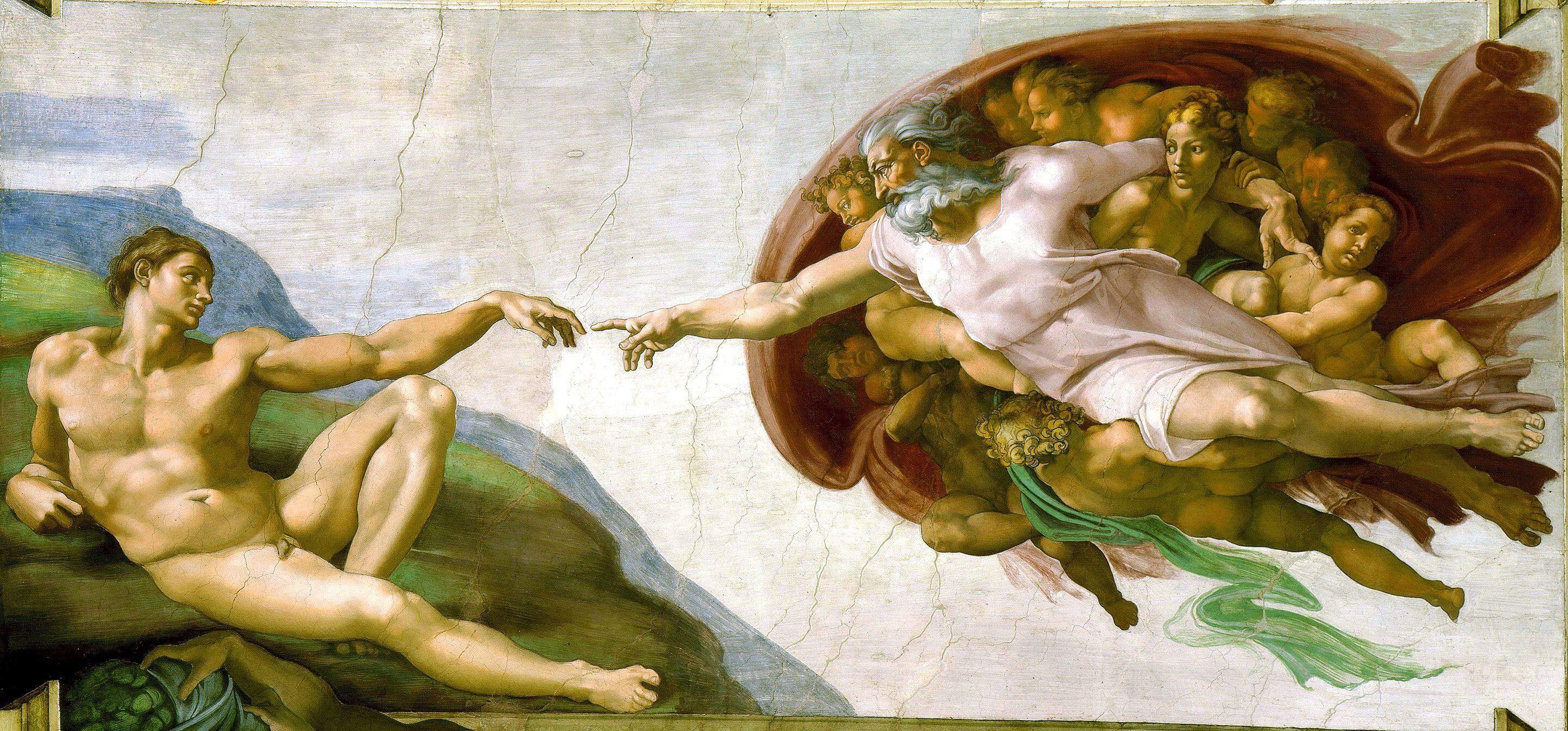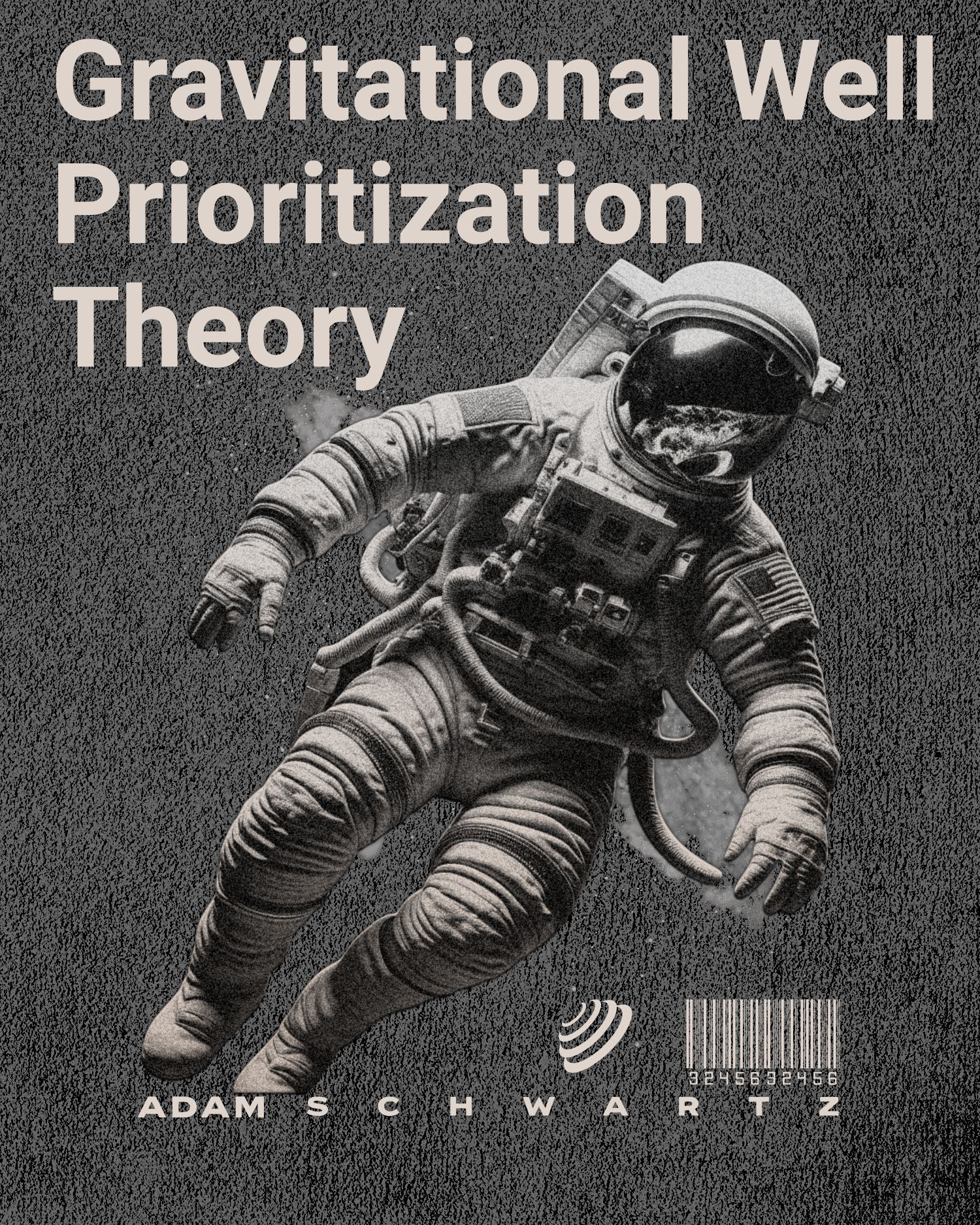Why Art Shouldn't Be Censored in America-A Defense of Creative Freedom
- 11 mins

Art has always been a powerful medium for expression, challenging societal norms, and pushing the boundaries of what is considered acceptable. Throughout history, it has been used to inspire, provoke, and even comfort those who encounter it. However, in recent years, there has been an increasing debate over whether certain forms of art should be censored. As long as art does not cross the lines into illegality, unsanitary practices, or public health concerns, it should remain uncensored—especially in a country like America, which prides itself on the principles of free speech and individual liberty.
The Role of Art in Society
Art is more than just aesthetic pleasure; it is a reflection of the human condition, a mirror held up to society that reveals both its beauty and its flaws. From the Renaissance masterpieces to contemporary installations, art has documented history, critiqued power structures, and provided a voice to the marginalized. To censor art is to silence these voices, to erase the stories that may be uncomfortable but are nonetheless essential to our understanding of the world.
Art offers a unique lens through which we can explore complex issues, grapple with difficult emotions, and foster empathy for others. It encourages dialogue and debate, allowing individuals from diverse backgrounds to engage with ideas they might otherwise avoid. By preserving the integrity of artistic expression, we ensure that society remains open to the exploration of new and challenging concepts.
.jpg?width=300&height=241&name=300px-Lady_Godiva_(John_Collier%2c_c._1897).jpg)
Lady Godiva is an 1897 oil-on-canvas painting by English artist
John Collier,who worked in the style of the Pre-Raphaelite
Brotherhood. The portrayal of Lady Godiva and her well-known
but apocryphal ride through Coventry, England, is held in
Coventry's Herbert Art Gallery and Museum. [2]
.jpg?width=402&height=259&name=De_roof_van_de_Sabijnse_maagden_(Rubens).jpg)
The Rape of the Sabine Women is a painting by Peter Paul Rubens. The painting
depicts the Rape of the Sabine Women from the mythological and historical era of
ancient Rome when it was ruled by the first king Romulus. [3]
The Slippery Slope of Censorship
One of the most significant dangers of censorship is the slippery slope it creates. When art is censored based on subjective criteria, it opens the door for further restrictions on creative expression. Who decides what is offensive or inappropriate? What may be deemed offensive to one person might be deeply meaningful to another. In a diverse society like America, where people come from different backgrounds, cultures, and beliefs, censorship risks alienating entire communities by invalidating their perspectives.
Censorship also has the potential to stifle creativity as well as scientific progression. Artists often push boundaries to challenge societal norms and provoke thought. If they fear censorship, they may self-censor, leading to a homogenization of art that fails to challenge or inspire. This not only diminishes the quality of art but also limits the conversations that art can spark.

Art and science have always been intertwined, and Galileo exemplified how they can inspire and inform one another. In addition to being a skilled
observer and a keen thinker, he was a talented artist, trained in cutting-edge perspective techniques pioneered by his fellow Italian artists. His artistic
sensibility played a key role in his scientific insights, This image is a 19th-century depiction of Galileo before the Holy Office, by Joseph-Nicolas Robert-
punishment), namely of having held the opinions that the Sun lies motionless at the centre of the universe, that the Earth is not at its centre and moves,
and that one may hold and defend an opinion as probable after it has been declared contrary to Holy Scripture. He was required to "abjure, curse and
detest" those opinions. [4][5]
Freedom of Expression: A Constitutional Right
The First Amendment of the United States Constitution guarantees freedom of speech and expression. This foundational principle is what allows artists to create without fear of government interference. Censoring art is a direct violation of this right and sets a dangerous precedent for the erosion of other civil liberties.
Moreover, freedom of expression is not just about protecting speech that is comfortable or agreeable; it is about protecting all speech, especially that which is controversial or provocative. It is through the exchange of ideas, even those that challenge us, that society grows and evolves. By censoring art, we rob ourselves of the opportunity to engage with new perspectives and ideas.
Nudity and Sexuality in Art: A Historical Perspective
Some of the most famous art in history has featured nudity and sexuality, often celebrated for its beauty, humanity, and complexity. From Michelangelo's David to the frescoes of the Sistine Chapel, nudity in art has been used to express the divine nature of the human form and explore the depths of human emotion and experience. Even within the sacred walls of some of the world's most revered churches, such as the Vatican, there are depictions of the human body in all its glory, transcending mere physicality to symbolize purity, love, and creation.
Yet, while we are comfortable glorifying war and combat in art—with countless paintings, sculptures, and monuments depicting the brutality of battle—we often shy away from embracing art that celebrates love, intimacy, and sexuality. This double standard reflects a broader societal discomfort with human sexuality, despite its profound role in shaping our identities and relationships.
It is important to remember that art has always been a medium through which humanity explores its deepest fears and desires. Censoring nudity or sexual themes in art undermines this exploration, reducing complex expressions of the human experience to something shameful or obscene. Just as we accept and even revere depictions of war, we should allow art to freely explore love and sexuality, recognizing them as integral aspects of the human condition.
Art as a Catalyst for Change
Art has the power to drive social change. Throughout history, it has been used as a tool for activism, from the civil rights movement to modern-day protests against systemic injustice. By depicting the harsh realities of society, art can inspire action and lead to meaningful change. Censorship, on the other hand, seeks to maintain the status quo by suppressing dissenting voices.
In a world where inequality, injustice, and suffering persist, art remains a vital form of resistance. It challenges us to confront uncomfortable truths, question authority, and imagine a better future. When we censor art, we undermine its potential to serve as a catalyst for change.

Shamsia Hassani began her career as a graffiti artist, using the city of
Kabul as her canvas. She quickly gained notoriety for her bold and
beautiful murals, which often depicted scenes of hope and resilience
in the face of oppression. Hassani is also an outspoken advocate for women’s
rights and freedom of expression in Afghanistan. She has used her platform
to speak out against the oppression of women, and to call for an end to the
violence against them. [6]
Respecting Artistic Intent and Audience Choice
It is essential to respect the intent of the artist and the autonomy of the audience. Artists create with a purpose, whether it is to provoke thought, elicit emotion, or spark conversation. To censor their work is to undermine their creative vision. Similarly, audiences should have the freedom to choose what art they wish to engage with. If a piece of art offends or disturbs someone, they have the option to simply not engage with it. Censorship removes that choice and imposes a singular, often narrow, view of what is acceptable.
Remember
Art should not be censored in America as long as it does not violate laws, public health standards, or safety regulations. Censorship stifles creativity, infringes on constitutional rights, and risks dulling the sharp edge of art that has the power to drive societal change. In a diverse and democratic society, we must embrace the full spectrum of creative expression, even when it challenges us. Art, in all its forms, is a testament to the freedom we cherish, and that freedom must be protected.


(Left) Leda and the Swan is a story and subject in art from Greek mythology in which the god Zeus,
in the form of a swan, seduces or rapes Leda. Leda and the Swan, copy by Cesare da Sesto after a lost
original by Leonardo, 1515–1520, Oil on canvas, Wilton House, England. [7] (Right) Chloe modeling
boudoir. Boudoir can have a transformative effect on clients and models and has even helped
some sexual assault survivors reclaim self-empowerment over their body and sexuality.
REFERENCES:
[1] "Psyche Revived by Cupid's Kiss." Wikipedia, The Free Encyclopedia. Retrieved August 16, 2024, from https://en.wikipedia.org/wiki/Psyche_Revived_by_Cupid's_Kiss
[2] "Lady Godiva (painting)." Wikipedia, The Free Encyclopedia. Retrieved August 16, 2024, from https://en.wikipedia.org/wiki/Lady_Godiva_(painting).
[3] "Rubens and the Rape of the Sabine Women." In The Metropolitan Museum of Art. Retrieved August 16, 2024, from https://www.metmuseum.org/art/collection/search/120001
[4] "Inquisition" Wikipedia, The Free Encyclopedia, Retrieved August 17, 2024, from https://en.wikipedia.org/wiki/Inquisition
[5] "Galileo Galilei" Wikipedia, The Free Encyclopedia, Retrieved August 17, 2024, from https://en.wikipedia.org/wiki/Galileo_Galilei
[6] “Birds of No Nation.” Shamsia Hassani: Afghan Graffiti Artist & Painter, Retrieved August 17, 2024, from https://www.shamsiahassani.net/birds-of-no-nation.
[7] "Leda and the Swan" Wikipedia, The Free Encyclopedia, Retrieved August 17, 2024, from https://en.wikipedia.org/wiki/Leda_and_the_Swan
Adam S
Adam, a retired Tactical Air Control Party (TACP) with multiple deployments to Iraq, has traversed various landscapes, both downrange and creatively. Today, he stands as a national award-winning photographer, as well as a published writer. and recognized on an international scale for his striking images. Beyond his accolades, Adam's journey is underscored by a resolute dedication to making a difference in the lives of his fellow veterans and current service members. It's this unwavering commitment that fuels his advocacy for tangible improvements within the lacking VA system, endeavoring to create positive and lasting change for those who have served their nation.



